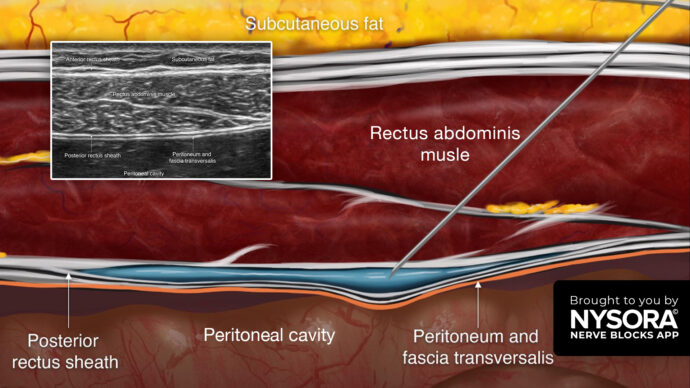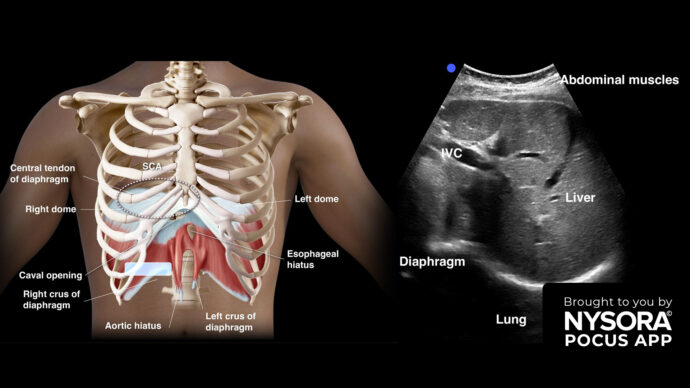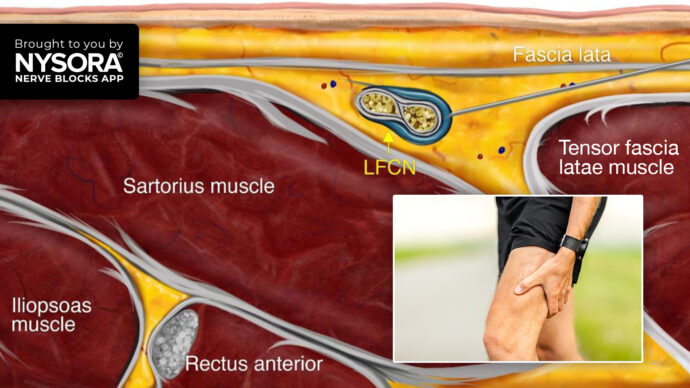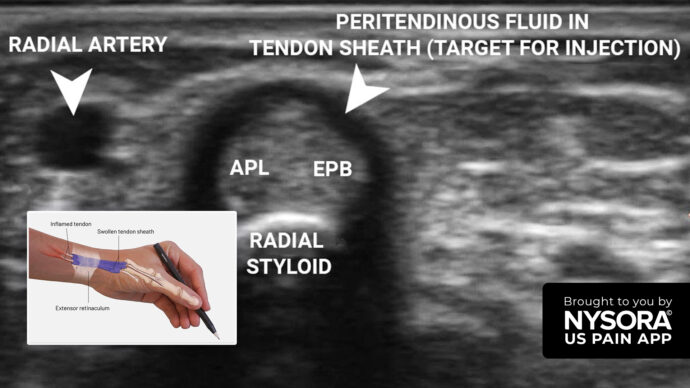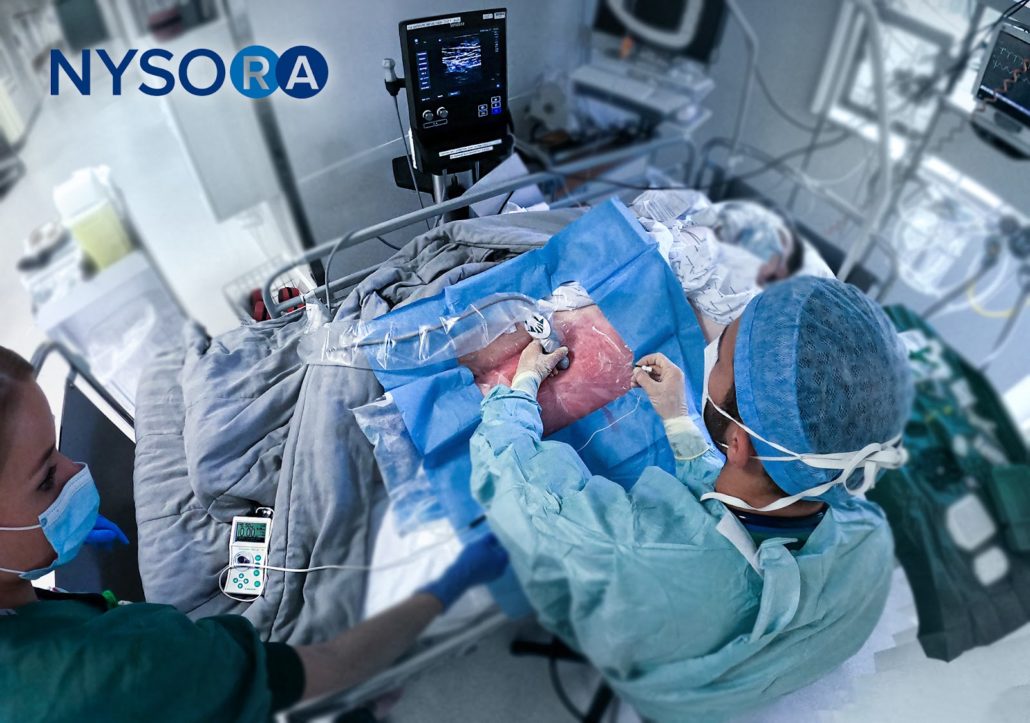
Case study: Femoral triangle catheter
Knee contractures can develop in some patients early on after the total knee replacement or arthroplasty. Signs and symptoms include morning stiffness, anterior knee pain, and decreased range of motion.
In these patients, a continuous passive motion device can be used to reduce joint stiffness and improve the range of motion. The device passively moves a joint through a preset range of motion. In this particular patient, the basal knee flexion was < 80 degrees and improved to 120 degrees post-treatment.
The femoral triangle results in analgesia to the anteromedial knee, where the infusion through the catheter provides a sensory block of the suprapatellar and infrapatellar plexus from the saphenous nerve, the nerve to the vastus medialis, and the medial femoral cutaneous nerve.
What did we use for catheter management? Per protocol, we use 0.2% ropivacaine at 4 mL/hour + PCA 4 mL/q 30 minutes.
For more case studies like these and the complete guide to the 60 most frequently used nerve blocks, download the Nerve Blocks App HERE.
